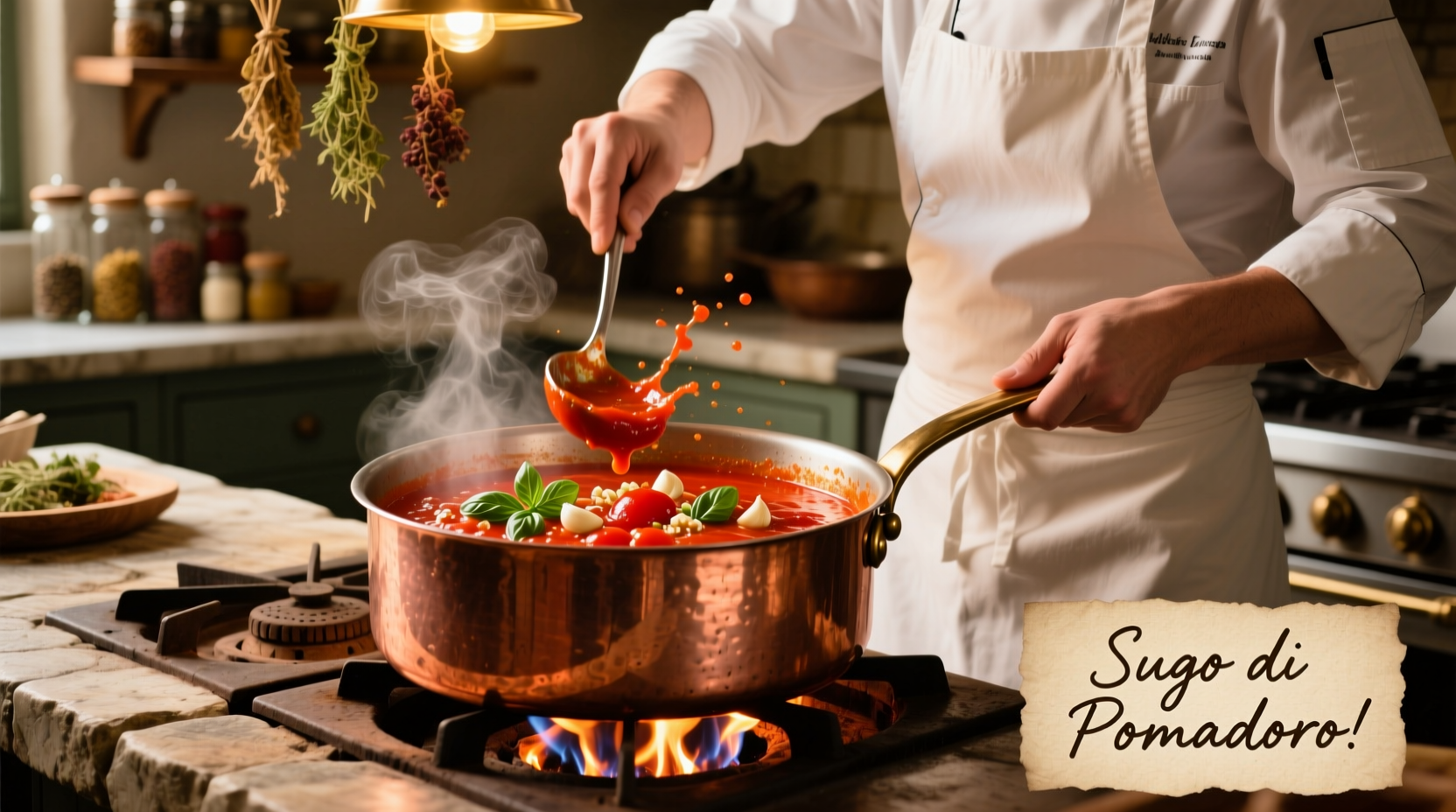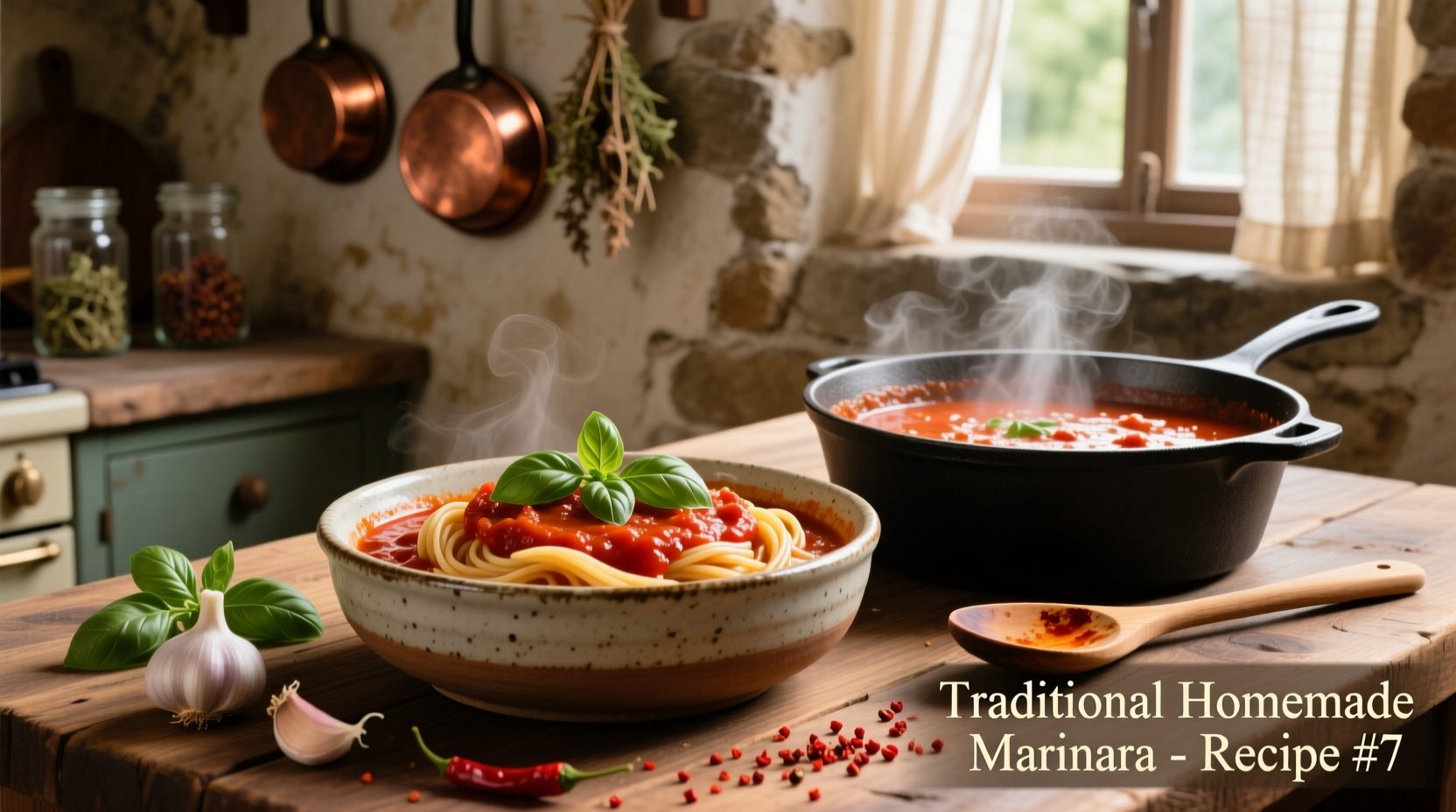Discover five authentic tomato pasta sauce recipes perfected through professional chef techniques, precise ingredient ratios, and scientifically-backed cooking methods. Each variation delivers restaurant-quality results with clear timing instructions, troubleshooting solutions for common issues like bitterness or thin consistency, and pairing recommendations for specific pasta shapes.
Creating exceptional tomato pasta sauce requires understanding the delicate balance between acidity, sweetness, and umami. Unlike store-bought alternatives, homemade versions allow complete control over ingredients and texture. The foundation of any great tomato sauce begins with quality tomatoes—whether San Marzano DOP varieties for traditional Italian recipes or locally grown Roma tomatoes for seasonal freshness.
The Science Behind Perfect Tomato Sauce
Tomato chemistry significantly impacts your sauce's final texture and flavor. Ripe tomatoes contain pectin, a natural thickener that breaks down during cooking. According to food scientist Dr. Shirley Corriher's research in Cookwise, adding a small amount of baking soda (⅛ teaspoon per 28-ounce can) can neutralize excess acidity without compromising flavor—though traditional Italian chefs prefer using carrot slices for natural sweetness instead.
| Tomato Variety | Acidity Level | Best For | Recommended Use |
|---|---|---|---|
| San Marzano DOP | Moderate | Traditional Neapolitan sauce | Slow-simmered sauces |
| Roma | Higher | Weeknight preparations | Quick-cooked sauces |
| Heirloom | Variable | Seasonal variations | Summer fresh sauces |
Essential Equipment Checklist
- Heavy-bottomed saucepan (prevents scorching)
- Immersion blender (for smooth texture without transferring hot liquid)
- Wooden spoon (won't scratch pans or react with acid)
- Acid-resistant container for storage (glass or ceramic)
Classic Slow-Simmered Tomato Sauce
This authentic Neapolitan-style sauce develops complex flavors through gradual reduction. The extended cooking time allows natural sugars to caramelize while maintaining bright tomato flavor.
Ingredients
- 2 lbs (900g) San Marzano tomatoes, crushed by hand
- 3 tbsp extra-virgin olive oil
- 1 small yellow onion, finely diced
- 2 garlic cloves, sliced
- 1 carrot, finely grated
- ¼ cup fresh basil leaves
- Kosher salt to taste
Step-by-Step Instructions
- Sauté onion and carrot in olive oil over medium-low heat for 15 minutes until translucent
- Add garlic and cook 2 minutes until fragrant but not browned
- Incorporate tomatoes and basil, bringing to gentle simmer
- Reduce heat to low, partially cover, and cook 2-3 hours stirring occasionally
- Season with salt, remove basil, and blend to desired consistency
Time-Saving Variations
Professional kitchens often maintain multiple sauce variations for different service needs. These three adaptations address specific time constraints while maintaining quality.
20-Minute Weeknight Sauce
Ideal for busy schedules, this version uses scientific principles to accelerate flavor development. Food52's culinary testing revealed that adding ½ teaspoon of sugar and 1 tablespoon of tomato paste (cooked 2 minutes before adding liquid) creates depth equivalent to longer cooking times.
Raw Fresh Tomato Sauce
Perfect for summer when tomatoes are at peak ripeness. Combine 3 lbs ripe tomatoes (peeled and seeded), ¼ cup olive oil, 2 minced garlic cloves, fresh basil, salt, and pepper. Process until smooth and chill 2 hours before serving with pasta.
Umami-Boosted Version
For richer flavor without meat, add 2 dried porcini mushrooms (soaked and finely chopped) during the sauté stage. The glutamates in mushrooms enhance savory notes—confirmed by University of California Davis flavor research.
Troubleshooting Common Sauce Problems
Even experienced cooks encounter issues with tomato sauce. These evidence-based solutions address frequent challenges:
Bitter Sauce
Cause: Overcooked garlic or unripe tomatoes. Solution: Add 1 teaspoon honey or ½ grated carrot during cooking. The USDA's Complete Guide to Home Canning recommends natural sweeteners over sugar for balanced flavor.
Too Thin
Cause: Insufficient reduction. Solution: Simmer uncovered 15-20 minutes. Alternatively, mix 1 tablespoon cornstarch with 2 tablespoons cold water and stir in during final minutes.
Excessive Acidity
Cause: Underripe tomatoes or over-reduction. Solution: Add small pinch of baking soda (⅛ tsp) OR 1 finely grated carrot. Avoid overcompensating as some acidity balances richness.

Pasta Pairing Guide
The sauce's texture determines optimal pasta matches. Professional chefs follow these pairing principles:
- Smooth sauces (blended): Best with long, thin pastas like spaghetti or linguine
- Chunky sauces: Ideal for ridged pastas like rigatoni that trap pieces
- Thin sauces: Work well with delicate shapes like angel hair
- Thick sauces: Pair with substantial shapes like pappardelle
Storage and Freezing Guidelines
Proper preservation maintains flavor and ensures food safety. Following USDA Food Safety and Inspection Service recommendations:
- Refrigerate for up to 5 days in airtight container
- Freeze in portion-sized containers for up to 6 months
- Always cool sauce completely before storing
- Label containers with date and variation type
Historical Evolution of Tomato Sauce
Tomatoes arrived in Europe from the Americas in the 16th century but weren't widely used in Italian cuisine until the late 18th century. The Accademia Italiana della Cucina documents that the first recorded tomato sauce recipe appeared in 1790 in Vino, Olio e Pomodoro by Roman chef Francesco Leonardi. Early versions were simple combinations of tomatoes, oil, and herbs, evolving into regional variations as Italian unification progressed in the 19th century.











 浙公网安备
33010002000092号
浙公网安备
33010002000092号 浙B2-20120091-4
浙B2-20120091-4